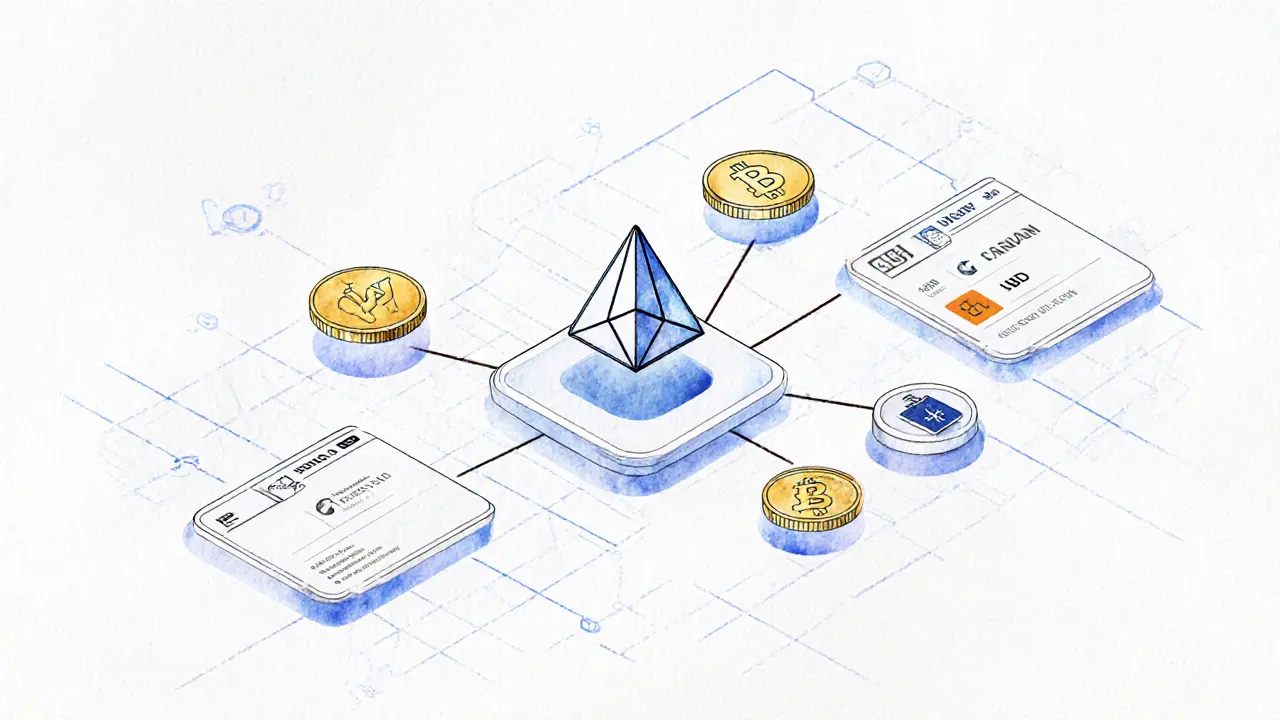Crypto Trading: How It Works, Risks, and Real Platforms to Watch
When you hear crypto trading, the act of buying and selling digital assets like Bitcoin or altcoins with the goal of making a profit. Also known as cryptocurrency trading, it’s not just about watching price charts—it’s about understanding liquidity, exchange security, and how regulations shape your moves. Most people think crypto trading means jumping into a platform like Binance or Coinbase and hoping for the best. But the real game happens in the shadows: cross-chain laundering, zero-fee DEXs with no liquidity, and airdrops that vanish before you claim them.
Crypto exchange, a platform where you trade one cryptocurrency for another or for fiat money. Also known as cryptocurrency exchange, it’s the backbone of every trade. But not all exchanges are created equal. MaskEX offers high leverage but has a 1/100 trust score. Merchant Moe charges no fees but only supports nine coins. BXHSwap and Unifi Protocol DAO claim to be decentralized, but their liquidity is so thin you might as well be trading with yourself. These aren’t just platforms—they’re risk assessments. And if you’re trading without checking if your exchange is regulated or has a history of withdrawals failing, you’re already behind.
DeFi trading, trading crypto through decentralized protocols like uTrade or PancakeSwap without a middleman. Also known as decentralized finance trading, it gives you control—but also full responsibility. You’re not protected by customer support. If a smart contract fails, your money is gone. That’s why you need to know the difference between a real DeFi project and a token with 9,300 supply and zero trading volume, like PolyAlpha Finance (ALPHA). DeFi trading isn’t for beginners unless you’re willing to dig into tokenomics, gas fees, and contract audits.
And then there’s the airdrop trap. People think crypto trading includes grabbing free tokens—but most airdrops are either scams or bait for wallets. The Midnight (NIGHT) airdrop by Cardano is legit, but YAE Cryptonovae? Doesn’t exist. Legion SuperApp (LGX) rewards real participation. FutureCoin on CoinMarketCap? Only if you’ve done the work. These aren’t gifts—they’re filters. They separate the people who read the fine print from those who click first and ask questions later.
India’s 30% tax without loss offset, Nigeria’s banking ban reversal, Mexico’s FinTech Law, and Syria’s sanctions relief—all of these shape where and how you can trade. You can’t ignore regulation. If you’re holding crypto in a foreign account, you might owe an FBAR filing. Failing that could cost you $100,000. Crypto trading isn’t just about charts and memes. It’s about legal compliance, technical safety, and knowing which platforms are built to last.
Below, you’ll find real reviews, not hype. We break down exchanges that are dangerous, airdrops that are fake, and DeFi tools that actually work. No fluff. No promises. Just what you need to know before you trade again.

WingRiders Crypto Exchange Review: Cardano’s Leading DeFi DEX in 2025
WingRiders is Cardano's leading decentralized exchange, offering token swaps, stablecoin trading, and multi-reward yield farming through its WRT token. Learn how it works, why it's different, and if it's right for you in 2025.
